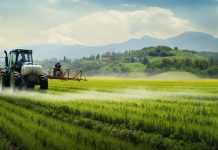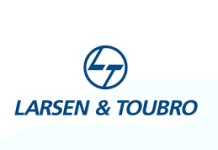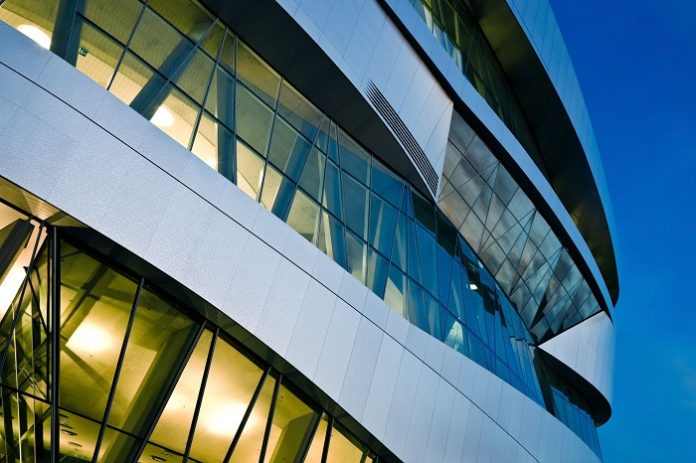AkzoNobel unveiled a superdurable low-bake powder coating, designed to offer enhanced protection for architectural surfaces in harsh environments. Building on the success of its 2023 launch of a standard durability option, the company introduced the Interpon D2525 Low-E range.
The advanced coating is tailored for extreme conditions, such as locations exposed to severe weather, while also extending surface longevity in more typical environments. The product is backed by an Environmental Product Declaration (EPD).
The new range utilizes industry-first technology developed for the standard durability product, allowing it to be cured at temperatures as low as 150°C. Despite the lower curing temperature, it maintains the high-quality performance expected by customers in the construction and building sectors.
“This innovation is a direct response to our customers’ needs, offering a product that combines durability and lower curing temperatures without compromising on appearance,” said Bob Dirks, Global Segment Manager for Architecture at AkzoNobel’s Powder Coatings division.
Dirks added, “It also aligns with our collective responsibility to create a more sustainable future, showcasing our commitment to sustainability throughout the supply chain.”
Interpon D2525 Low-E offers two key advantages: it can be cured at a lower temperature (150°C compared to the usual 180°C to 200°C), reducing energy consumption by up to 20%, or it can be cured 25% faster than conventional powders, boosting productivity by allowing more products to be coated in less time.
In addition to helping customers reduce their carbon emissions, the product contributes to AkzoNobel’s goal of cutting its value chain emissions by 50% by 2030.
Ideal for use on both exterior and interior architectural and industrial metal surfaces, such as facades, windows, pergolas, fencing, and railings, Interpon D2525 Low-E provides excellent durability and color retention. As per the press release, AkzoNobel also offers customers assistance in calculating energy savings, carbon reductions, and productivity gains when using its Low-E products.































